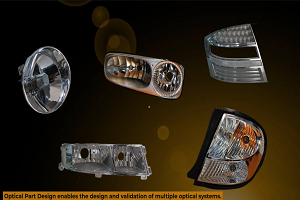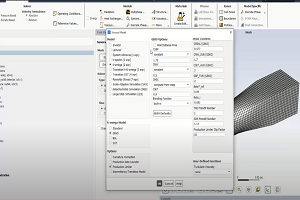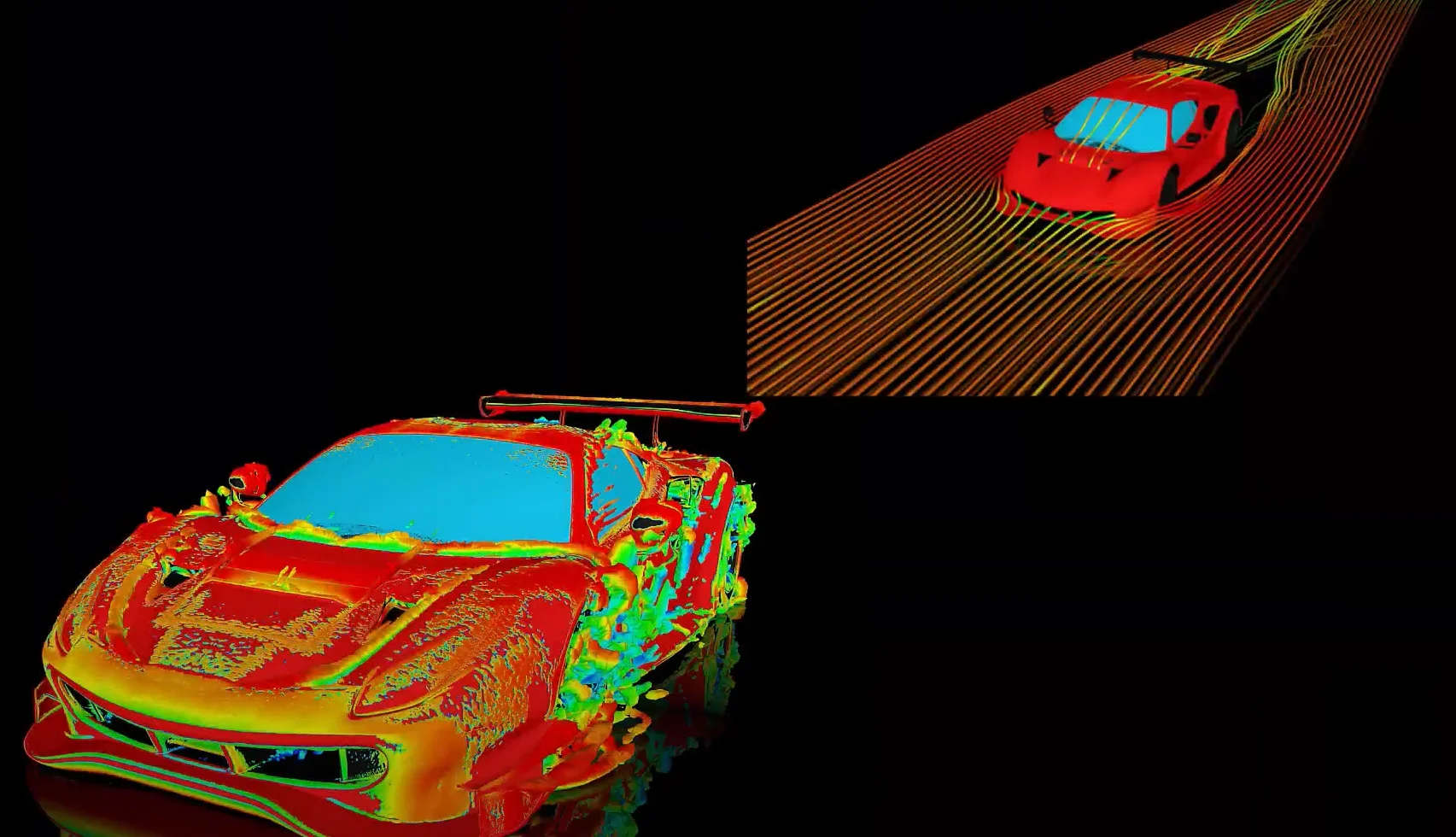-
-
June 5, 2023 at 7:04 am
 FAQParticipant
FAQParticipantEnvironment Temperature found in the details of the Static Structural object in the Mechanical tree is the temperature of the bodies unless this temperature is explicitly specified by a thermal condition or an imported temperature. Now, if a thermal condition or imported temperature is specified, the environment temperature becomes the reference temperature in the thermal strain equation given by α *(T-TREF), where α is the coefficient of thermal expansion. Reference Temperature, which is found in the details of the individual bodies under the Geometry branch of the Mechanical Tree is the thermal strain-free temperature of a body and again thermal strains are given by α *(T-TREF), where α is the coefficient of thermal expansion. Note that reference temperature defaults to By Environment hence using the temperature specified in Environment Temperature. By changing it to By Body, one can override the specification to differ for that particular body, while defaulting remaining bodies to By Environment, etc. Please note that Reference Temperature that is found in engineering data under the secant coefficient of thermal expansion is NOT used for setting the strain free temperature. Please also see solutions 2038325 and 2045884 for added explanation and details.
-


Introducing Ansys Electronics Desktop on Ansys Cloud
The Watch & Learn video article provides an overview of cloud computing from Electronics Desktop and details the product licenses and subscriptions to ANSYS Cloud Service that are...

How to Create a Reflector for a Center High-Mounted Stop Lamp (CHMSL)
This video article demonstrates how to create a reflector for a center high-mounted stop lamp. Optical Part design in Ansys SPEOS enables the design and validation of multiple...

Introducing the GEKO Turbulence Model in Ansys Fluent
The GEKO (GEneralized K-Omega) turbulence model offers a flexible, robust, general-purpose approach to RANS turbulence modeling. Introducing 2 videos: Part 1 provides background information on the model and a...

Postprocessing on Ansys EnSight
This video demonstrates exporting data from Fluent in EnSight Case Gold format, and it reviews the basic postprocessing capabilities of EnSight.

- How to reduce contact penetration?
- How to decide which side should be Contact and which should be target in Contact definition?
- What is the difference between secant and instantaneous coefficients of thermal expansion (CTE)?
- How to use the Newton-Raphson residuals option under Solution Information?
- How do I export all result objects data in tabular format?
- How to plot stresses of a beam connection in Workbench?
- Does ECAD trace mapping support more than one type of trace material (usually copper) in the same layer?
- How can I apply a controlled rotation in ANSYS Mechanical
- Difference Between Environment Temperature and Reference Temperature in Mechanical
- How to find total heat flowing through a surface in Mechanical?

© 2025 Copyright ANSYS, Inc. All rights reserved.

